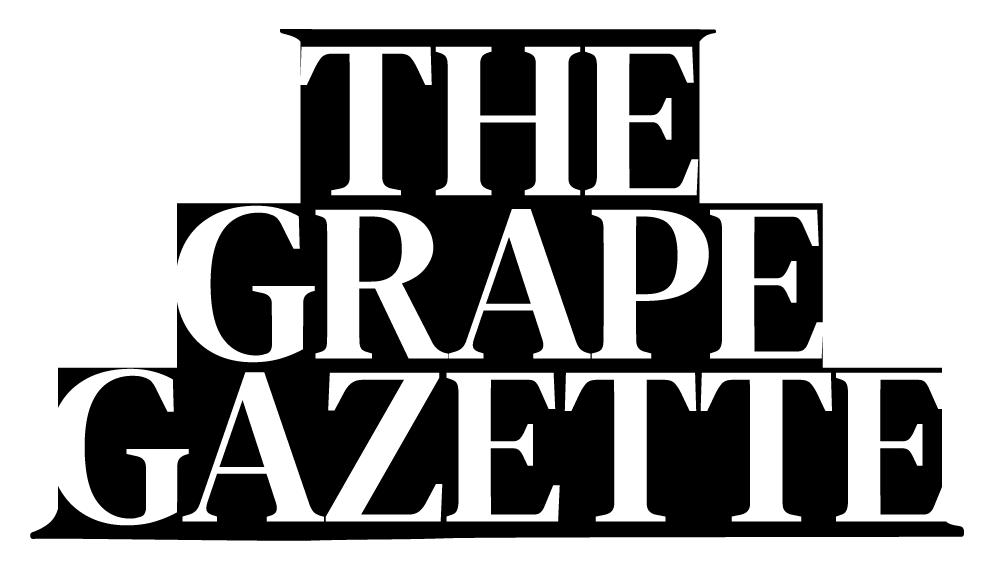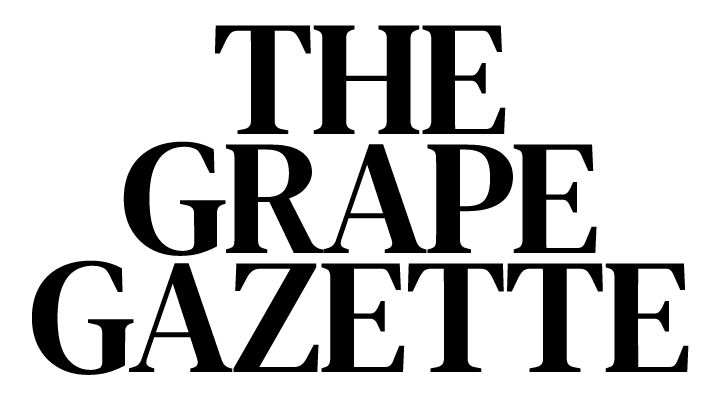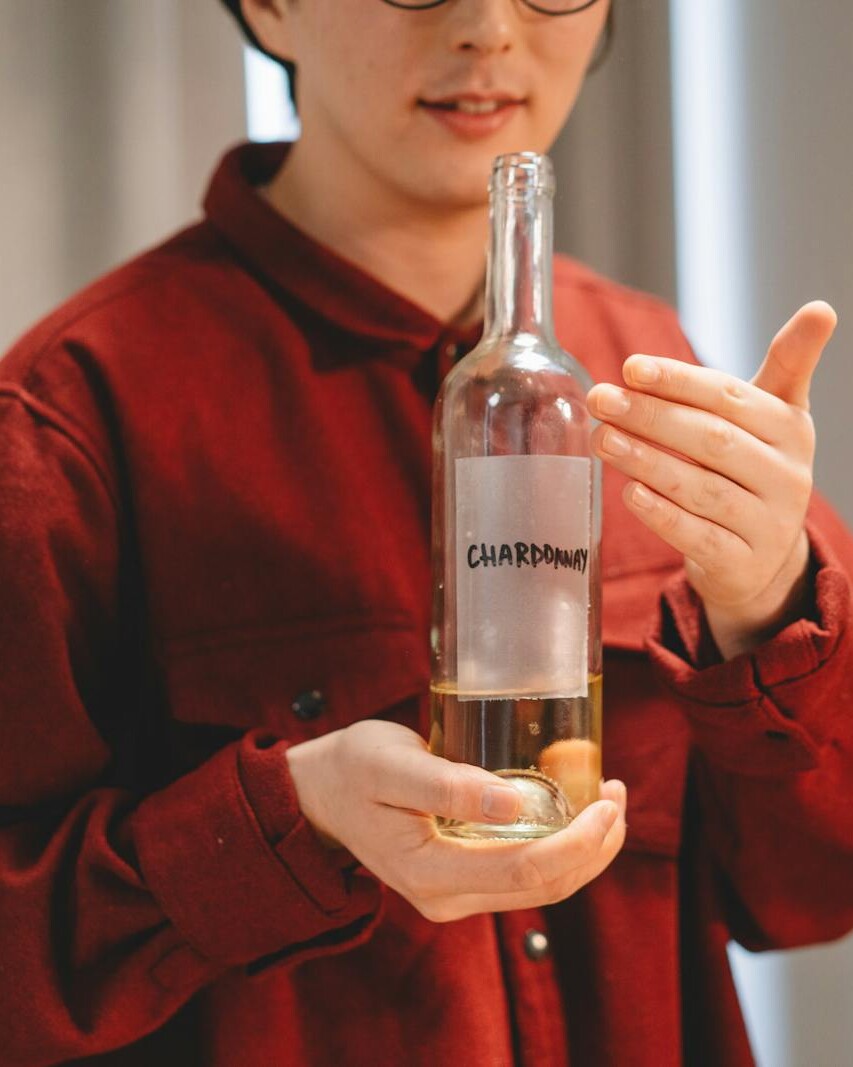Over the past 18 months, the Champagne industry has faced significant challenges, leading many to wonder if the bubble has finally burst on this iconic luxury product. Once celebrated for its resilience and steady growth, Champagne has seen a dramatic shift in its fortunes, marked by declining sales and shifting consumer preferences. While the glamour and prestige of Champagne remain intact, various economic and market dynamics have contributed to its recent struggles, suggesting that there might indeed be less to celebrate and cheer about.
From January 2023 to mid-2024, Champagne sales experienced a notable downturn. After riding high on two years of record growth, the industry was hit hard by an 8.2% drop in sales in 2023. This downward trend continued into the first quarter of 2024, with a further 17.1% reduction in sales volume compared to the same period in 2023 . Economic pressures, including rising costs of production, have driven up Champagne prices by 10-12%, causing consumers to reconsider their spending on luxury beverages .
The market has also seen a strategic pivot towards higher-value cuvées, with non-vintage Champagnes, which make up the bulk of sales, experiencing a significant decline. In contrast, prestige cuvées and Brut Nature categories have grown in value, particularly in export markets like Asia and the United States . Traditional markets such as France, the USA, and the UK have experienced substantial drops in sales. However, emerging markets in Southeast Asia, South Korea, and parts of Africa have shown impressive growth percentages, despite their smaller overall volumes .
In addition to economic challenges, changing consumer behaviours have impacted Champagne sales. The global economic situation, characterised by higher interest rates and economic uncertainties, has dampened consumer sentiment. People simply have fewer reasons to pop open a bottle of Champagne, and even major players like LVMH reported a 12% drop in revenue for its wine and spirits division in the first half of 2024 .
Comparing with Other Sparkling Wines: Prosecco, Cava, and English Sparkling Wine
Prosecco
While Champagne has struggled, Prosecco has seen a different trend. The Prosecco market has been growing robustly, driven by its affordability and appeal to younger consumers. In 2023, Prosecco sales increased significantly, particularly in markets like the UK and the USA, where consumers are looking for budget-friendly yet festive alternatives. According to reports, the global Prosecco market is expected to continue growing, benefiting from its lower price point and versatile use in cocktails like the popular Aperol Spritz.
Cava
Cava, the Spanish sparkling wine, has also seen a resurgence. The market for Cava has grown due to its combination of traditional production methods and competitive pricing. Cava is increasingly being recognized for its quality, with premium Cava gaining popularity in international markets. Recent trends show an uptick in sales, especially for higher-end Cava, as consumers seek value without compromising on quality.
English Sparkling Wine
English sparkling wine has been one of the rising stars in the sparkling wine sector. Benefiting from climate change, which has improved grape growing conditions in the UK, English sparkling wines have been winning international accolades and gaining market share. Sales of English sparkling wine have grown steadily, with a notable increase in exports to markets such as the USA and Japan. The growth is driven by the wine’s quality and the increasing global interest in diverse and locally-produced sparkling wines.
Despite these challenges, the Champagne industry is also focusing on sustainability and innovation. Producers are moving towards greener packaging solutions and experimenting with new grape varieties and production methods to maintain long-term excellence and appeal to environmentally conscious consumers .
While Champagne grapples with these issues, other sparkling wines like Prosecco, Cava, and English sparkling wine have seen different trends. The overall sparkling wine sector remains dynamic and diverse, suggesting that there is still plenty of fizz left in the market, even if Champagne itself is facing some bubbles of trouble.




